Have you ever wondered what goes on in the mysterious mind of a cat? If you’ve ever tried to earn a feline’s trust, you know it’s not something that happens overnight. The first time a cat truly trusts you is nothing short of magical—a moment that can melt even the coldest heart! But how can you tell when this enchanting transformation takes place? Some signs are incredibly subtle, others impossible to miss, but all are deeply meaningful. Let’s embark on this heartwarming journey and discover the surprising, delightful ways cats say, “I trust you.”
Slow Blinks: The Cat’s Secret Handshake

If you catch your cat gazing at you and slowly blinking, consider yourself lucky. This gentle gesture is often called a “cat kiss.” When a cat closes its eyes slowly in your presence, it’s a powerful sign of trust. Cats are naturally on guard, especially around new people. By closing their eyes, they’re showing vulnerability, which means they feel safe. Try returning the favor: blink slowly back, and you might see your cat respond in kind. This mutual slow blink is a bonding moment you’ll cherish forever. Next time you lock eyes with your cat, see if you can start this silent conversation.
Exposing Their Belly: Vulnerability in Its Purest Form
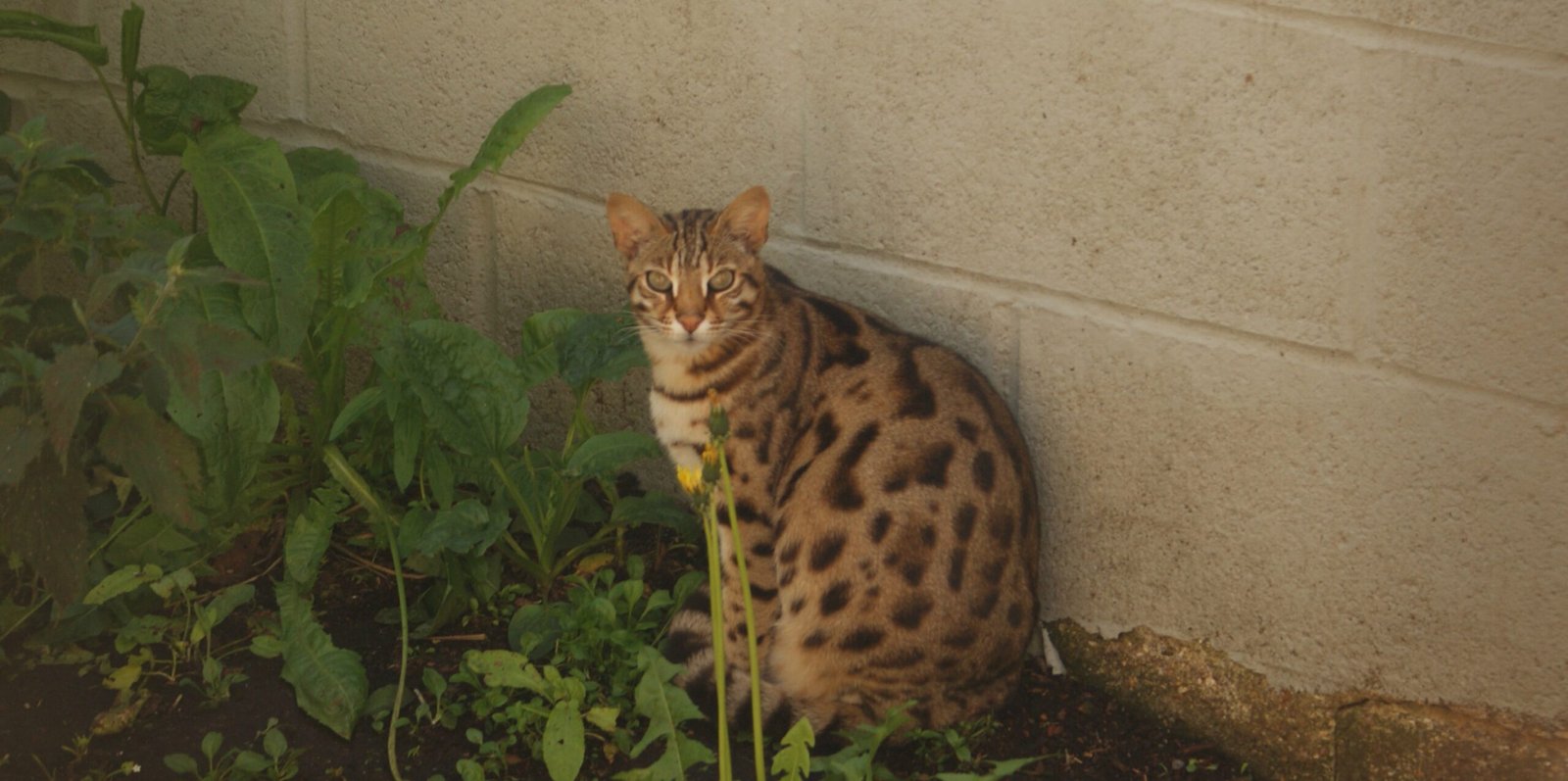
Cats are known for being cautious about their soft underbellies. When a cat rolls onto its back, exposing this delicate area, it’s a huge compliment. This isn’t always an invitation for a belly rub, but it is a clear sign your cat trusts you enough to let its guard down. In the wild, this is a position that leaves a cat defenseless, so it’s reserved only for those they truly believe won’t hurt them. If your cat does this around you, take a moment to appreciate the trust it represents. Just remember to respect their boundaries—sometimes, watching is better than touching.
Purring in Your Presence: The Sound of Contentment
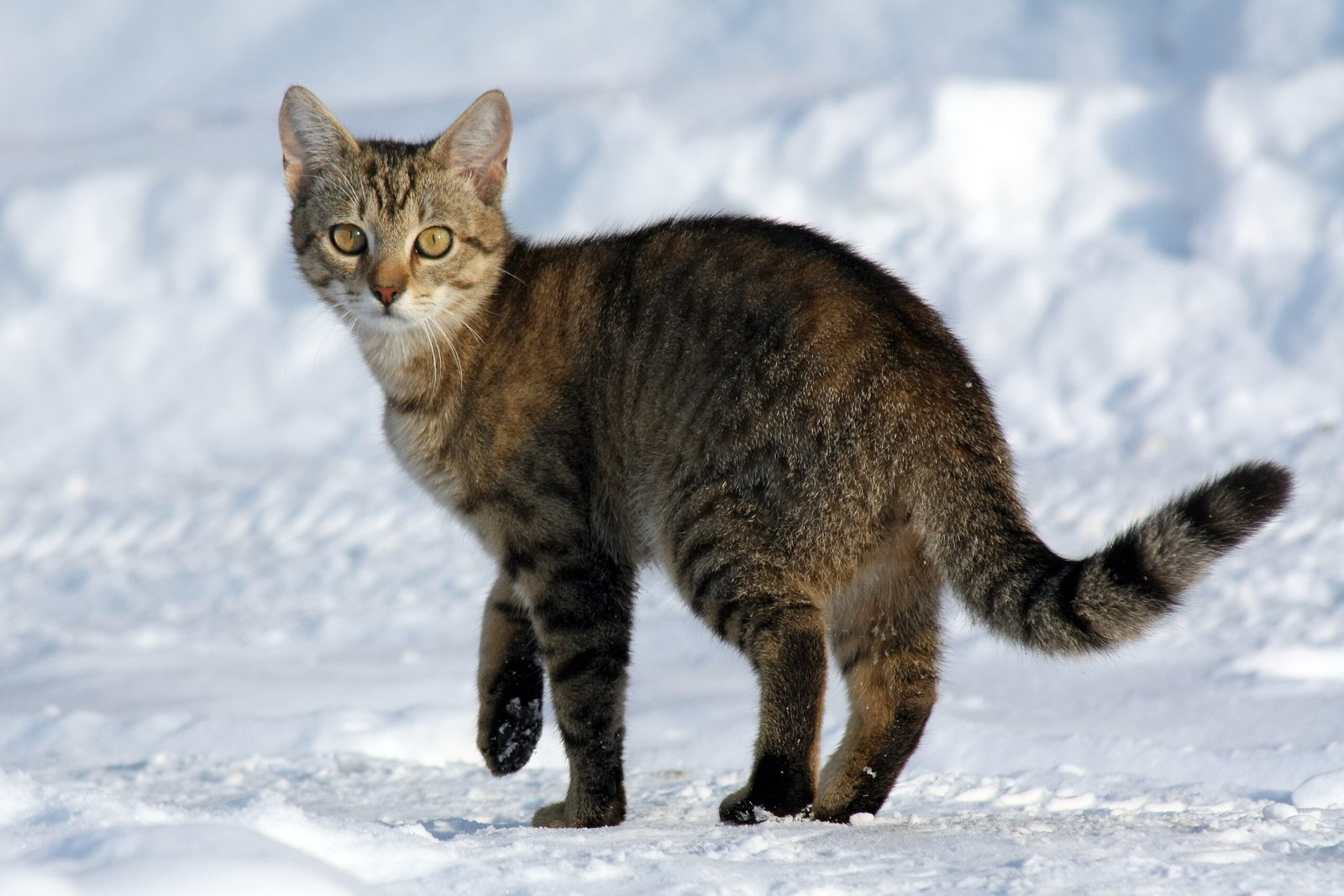
While cats can purr for many reasons, one of the most heartwarming is pure contentment. If your cat curls up beside you and starts purring, it’s a strong sign they feel safe and happy. Purring is often compared to a child’s hum of happiness—a soothing sound meant to express peace and trust. Cats may even seek you out when they want comfort, lying close and letting their purrs fill the room. Listen closely: that gentle rumble means your cat is letting its guard down in a way only trust allows. It’s a sound that can make any home feel warmer.
Head Bunting: Sharing Their Scent
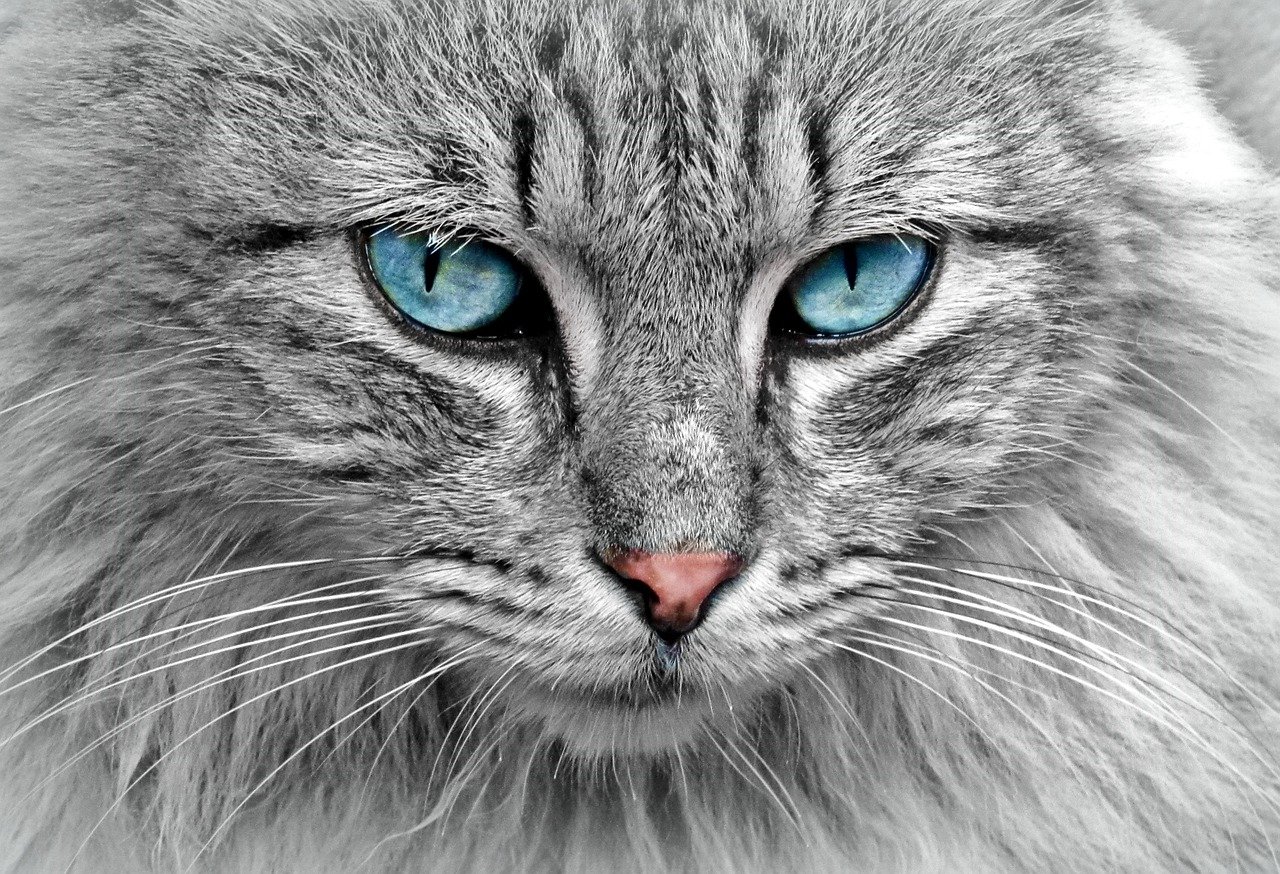
Have you ever been gently head-butted by your cat? It may seem odd, but it’s actually a sign of affection and trust. When a cat head bunts you, they’re marking you with their scent, claiming you as part of their safe circle. This action is reserved for those they feel truly comfortable with. It’s their way of saying, “You’re mine, and I trust you.” You might notice your cat doing this when you come home or during a quiet moment together. Accept this gesture as one of the highest compliments a cat can give.
Following You Around: A Feline Shadow

If your cat starts following you from room to room, consider it a sign of growing trust. Cats are naturally independent creatures, so choosing to be near you means they enjoy your company. It’s as if they’re saying, “I want to be part of your world.” You might notice your cat waiting by the bathroom door, curling up on your desk, or simply watching you cook. Each of these actions reflects a desire to be close, which only happens when a cat feels truly safe. It’s a quiet but powerful way cats show their affection and trust.
Kneading With Their Paws: Kitten Memories
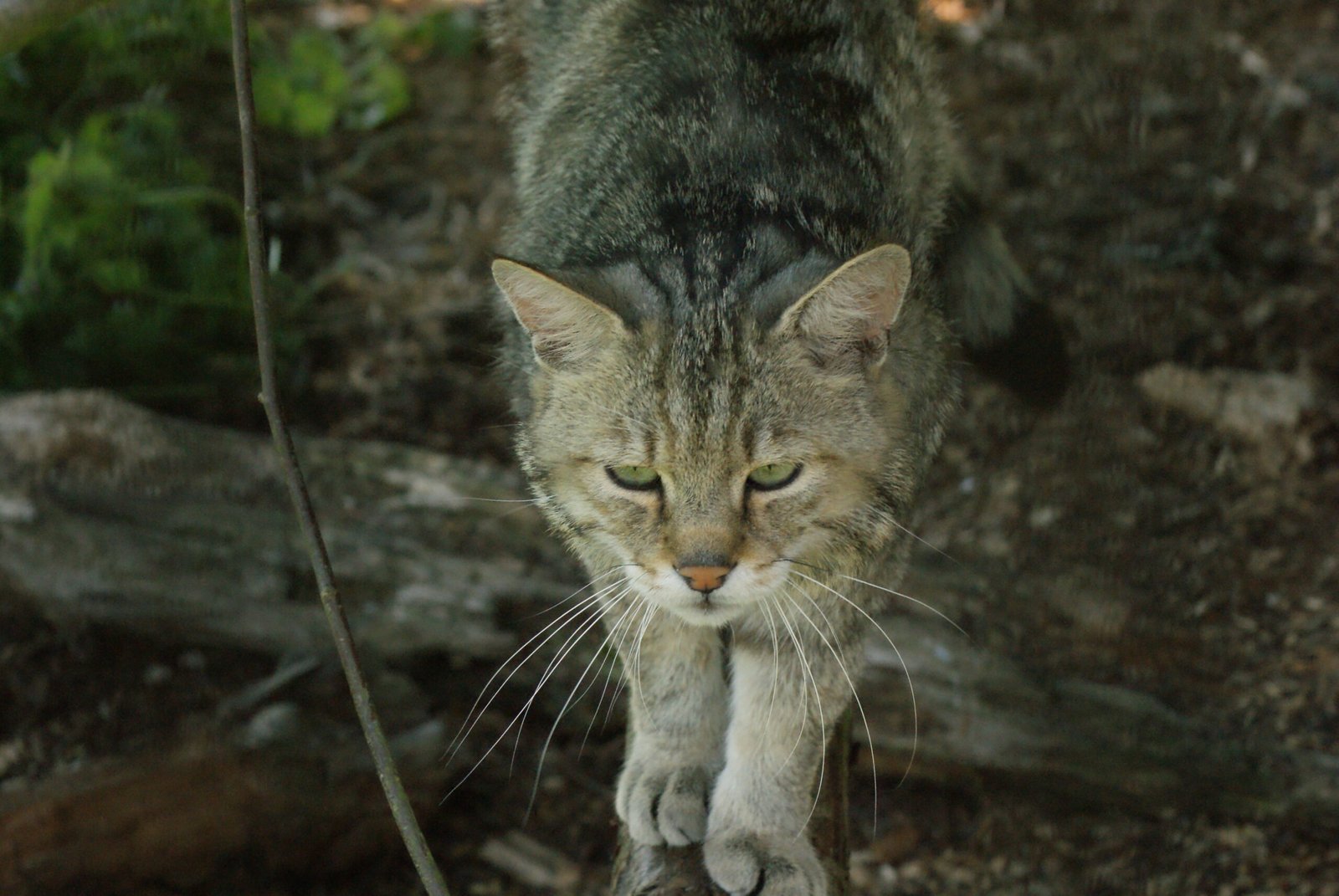
Kneading, often called “making biscuits,” is a behavior cats carry over from kittenhood. When a cat kneads on your lap or blanket, it’s a sign they feel comfortable and secure. Kittens knead their mothers to stimulate milk flow, so this action is deeply tied to feelings of safety and contentment. If your cat chooses you as their kneading spot, they’re expressing a level of trust that’s rooted in their earliest memories. Some cats even purr or drool while kneading, letting you know just how relaxed and at home they feel.
Bringing You “Gifts”: Sharing Their World

It might not always be pleasant, but when a cat drops a toy—or even a less desirable “gift”—at your feet, it’s a sign of deep trust. In the wild, cats bring food to those they care for. In your home, this behavior translates into sharing toys, or sometimes even socks. While you might not want to find a bug or mouse in your shoe, your cat’s intention is pure: they’re including you in their world. Accept these offerings with grace, knowing your cat sees you as a trusted friend or even family.
Sleeping Near You: The Ultimate Compliment
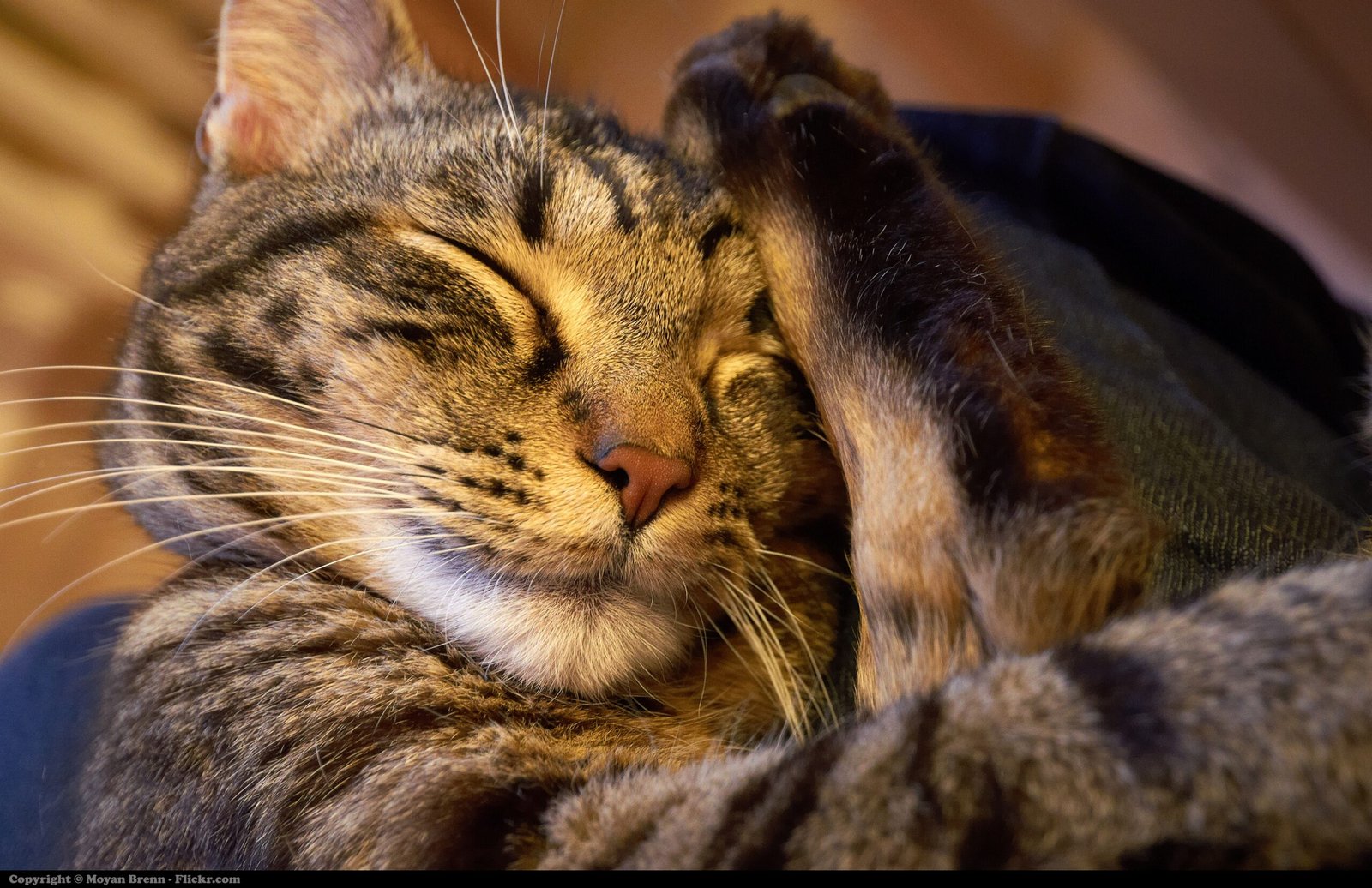
Cats are most vulnerable when they sleep, so choosing to nap close to you is a sure sign of trust. Whether it’s curling up at your feet, on your chest, or even sharing your pillow, this proximity means your cat feels truly safe. They know you’ll protect them while they rest, and they want to be close to your warmth and scent. Notice how your cat relaxes, stretching out or purring softly. These small moments of closeness are treasures that only come with trust.
Grooming You: Sharing Care
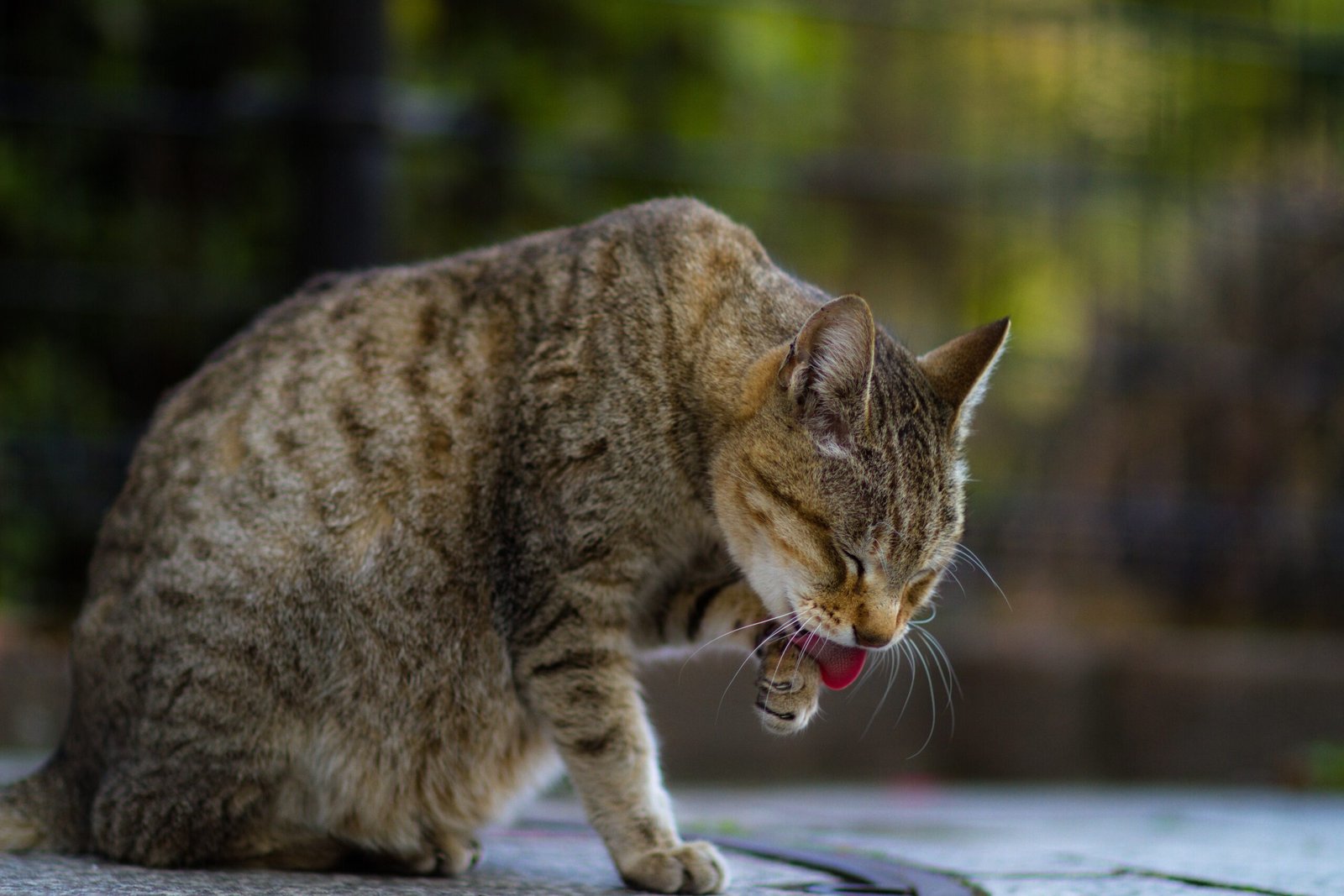
Have you ever felt the rough tongue of your cat on your hand or hair? Grooming isn’t just about staying clean—it’s a bonding ritual among cats. When your cat licks you, they’re treating you as one of their own. It’s a sign they trust you enough to include you in their family circle. Some cats will even try to “fix” your hair or nibble gently on your fingers. This grooming behavior is a loving gesture that speaks volumes about the trust you’ve earned.
Chirping, Trilling, and “Talking” to You

Cats have a special language reserved for those they trust. If your cat greets you with chirps, trills, or even little meows, they’re trying to communicate. These sounds are usually softer and more varied than the cries used to demand food or attention. When a cat “talks” to you in this way, it’s a sign of affection and comfort. It means your cat feels safe enough to let their guard down and interact with you on a personal level. Listen closely—each sound is a word in your private cat-human dictionary.
Tail Position: The Upright Signal
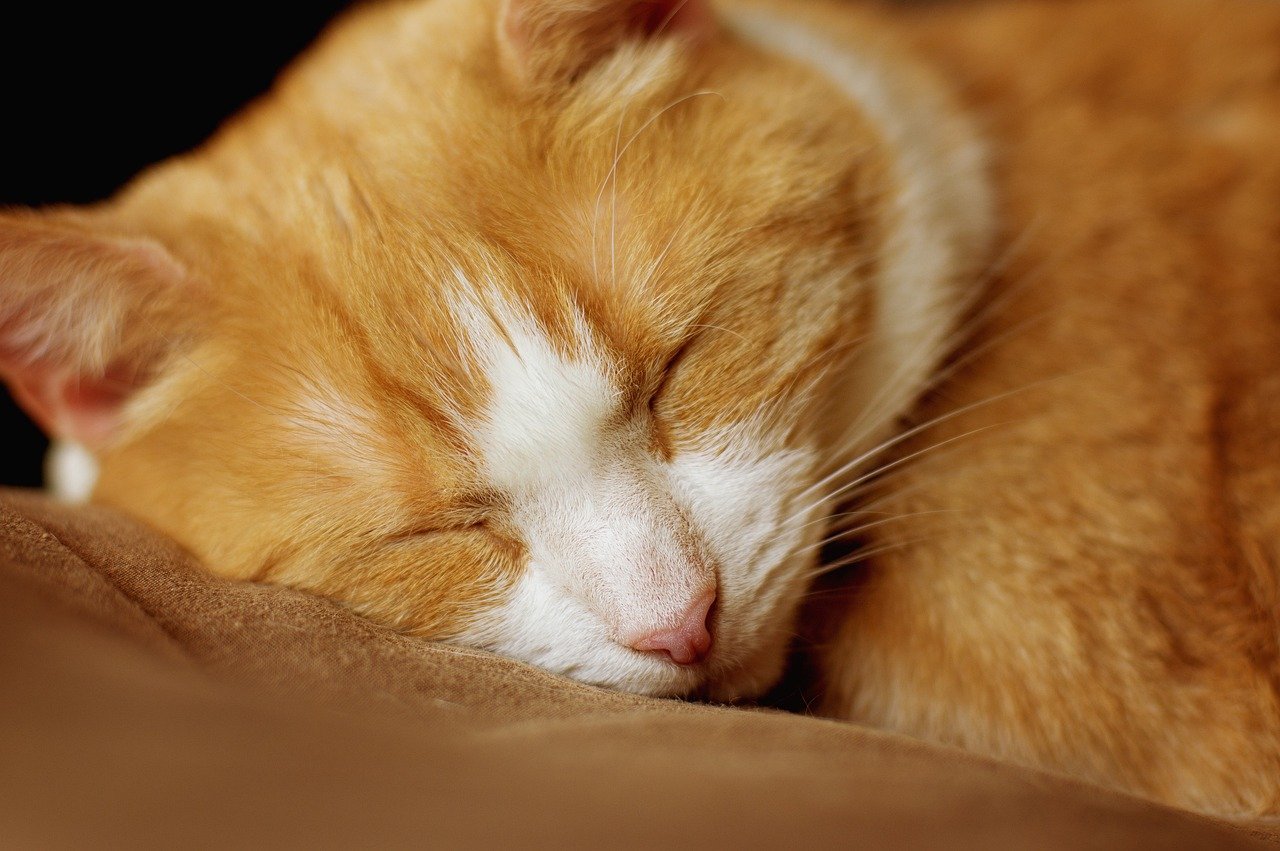
A cat’s tail is like a flag, waving messages for those who know how to read it. When a cat approaches you with its tail held high, it’s a sign of confidence and trust. Sometimes the tip of the tail may even quiver with excitement. This upright tail posture is a friendly greeting, reserved for those they feel comfortable around. Watch your cat’s tail next time you come home—it might just be telling you, “I’m happy you’re here!”
Sitting With Their Back to You
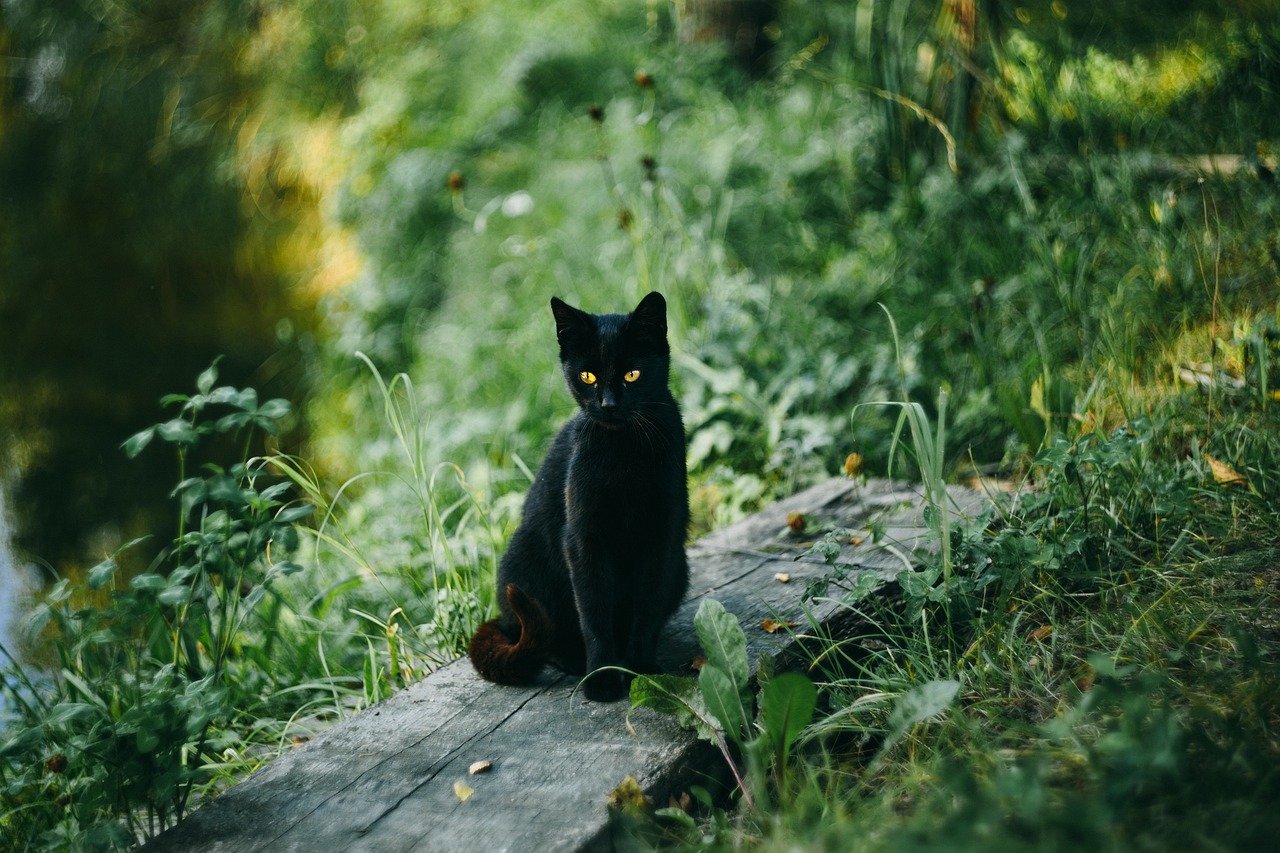
It might seem strange, but when a cat sits with its back facing you, it’s not an insult. In fact, it’s quite the opposite. Cats are always alert to danger, so turning their back means they trust you to watch over them. It’s a sign your cat feels safe enough to relax and not worry about what’s happening behind them. This quiet gesture is easy to overlook, but it’s one of the most honest displays of feline trust.
Rubbing Against Your Legs: Marking You as Safe

When your cat weaves between your legs or rubs along your ankles, they’re marking you with their scent. This is how cats claim territory and show affection. By rubbing against you, your cat is saying, “You’re part of my safe space.” It’s a sign of comfort and belonging. Notice how your cat might do this when you come home or when they’re feeling particularly affectionate. It’s a subtle but meaningful way they express their trust.
Allowing You to Touch Sensitive Areas
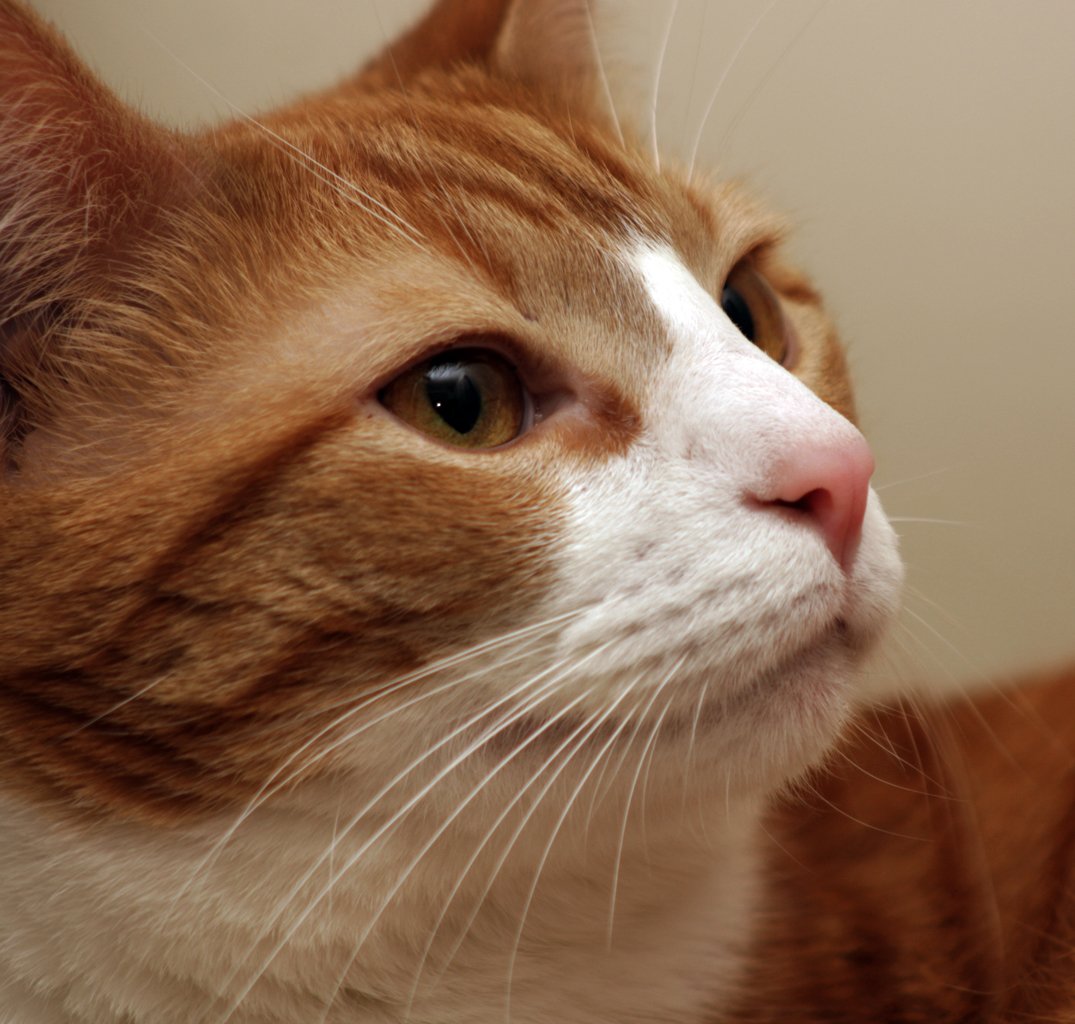
Cats are famously picky about where they like to be touched. If your cat allows you to scratch under their chin, behind their ears, or even touch their paws, it’s a sign of growing trust. These are vulnerable spots that cats protect fiercely. By letting you near, your cat is showing they believe you won’t harm them. Pay attention to your cat’s body language, and respect their boundaries—trust grows stronger with every positive interaction.
Responding to Your Voice
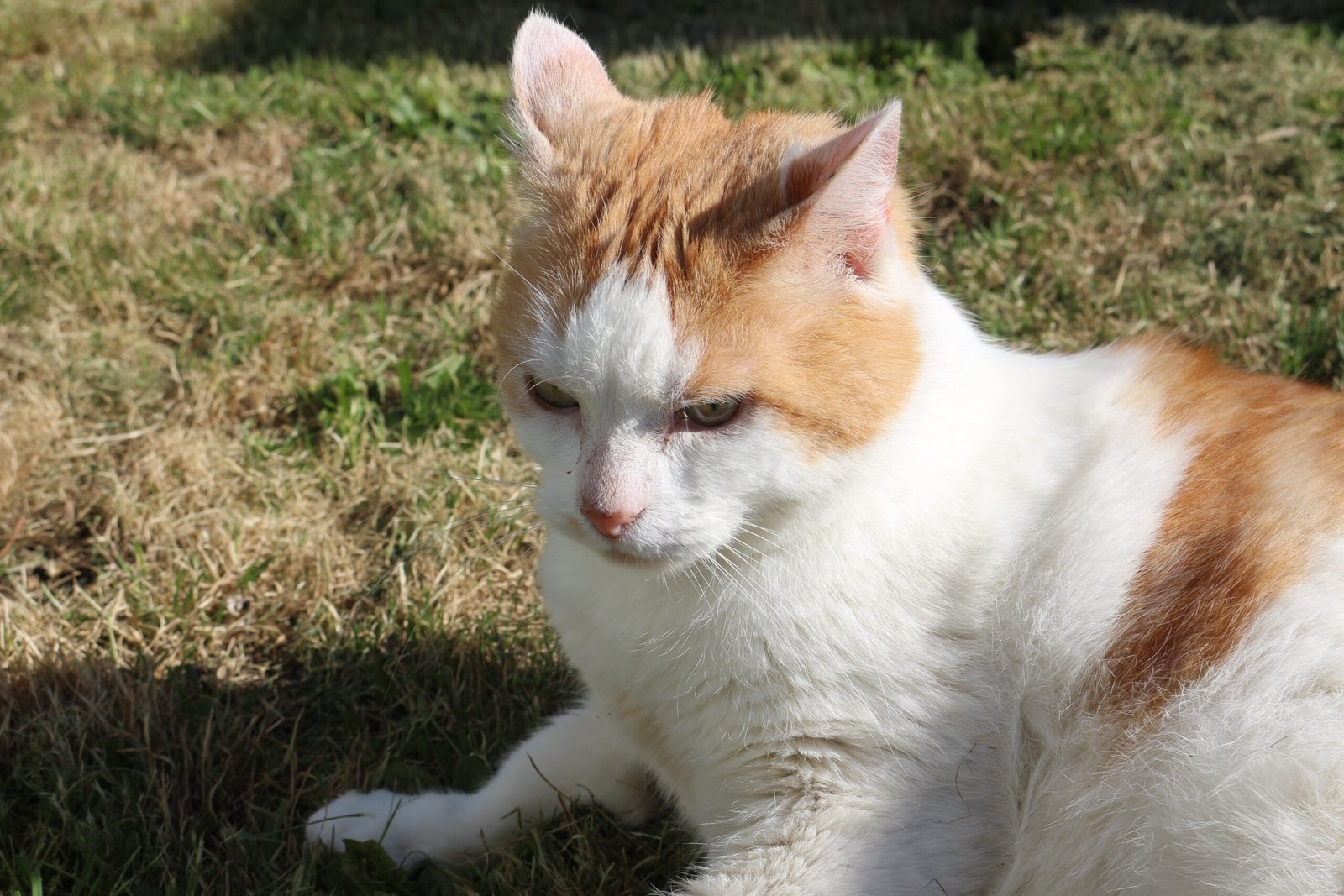
When a cat trusts you, they’ll often respond to the sound of your voice. You might notice your cat turning their head, perking up their ears, or even coming when called. Some cats will meow back or chirp in response. These interactions show that your cat feels safe enough to pay attention and engage with you. It’s a sign of a growing bond and mutual understanding.
Not Hiding as Frequently

Shy or anxious cats often hide when they’re unsure of their surroundings. If your cat starts spending more time out in the open, it’s a significant sign of trust. You may notice your cat lounging in the living room or exploring new parts of the house. This new confidence means your cat feels secure and comfortable with you. Celebrate these moments—they show your cat is learning to trust its environment and your presence.
Playful Behavior Directed at You

Play is an important part of a cat’s life, but they only play with those they trust. If your cat brings you toys, pounces at your feet, or initiates games, it’s a joyful sign of trust. Playful behavior is a way for cats to express happiness and bond with their favorite humans. It’s also a sign that your cat feels relaxed and safe enough to let loose. Engage with your cat—these playful moments strengthen your connection and build even more trust.
Brave Approaches After Fearful Starts
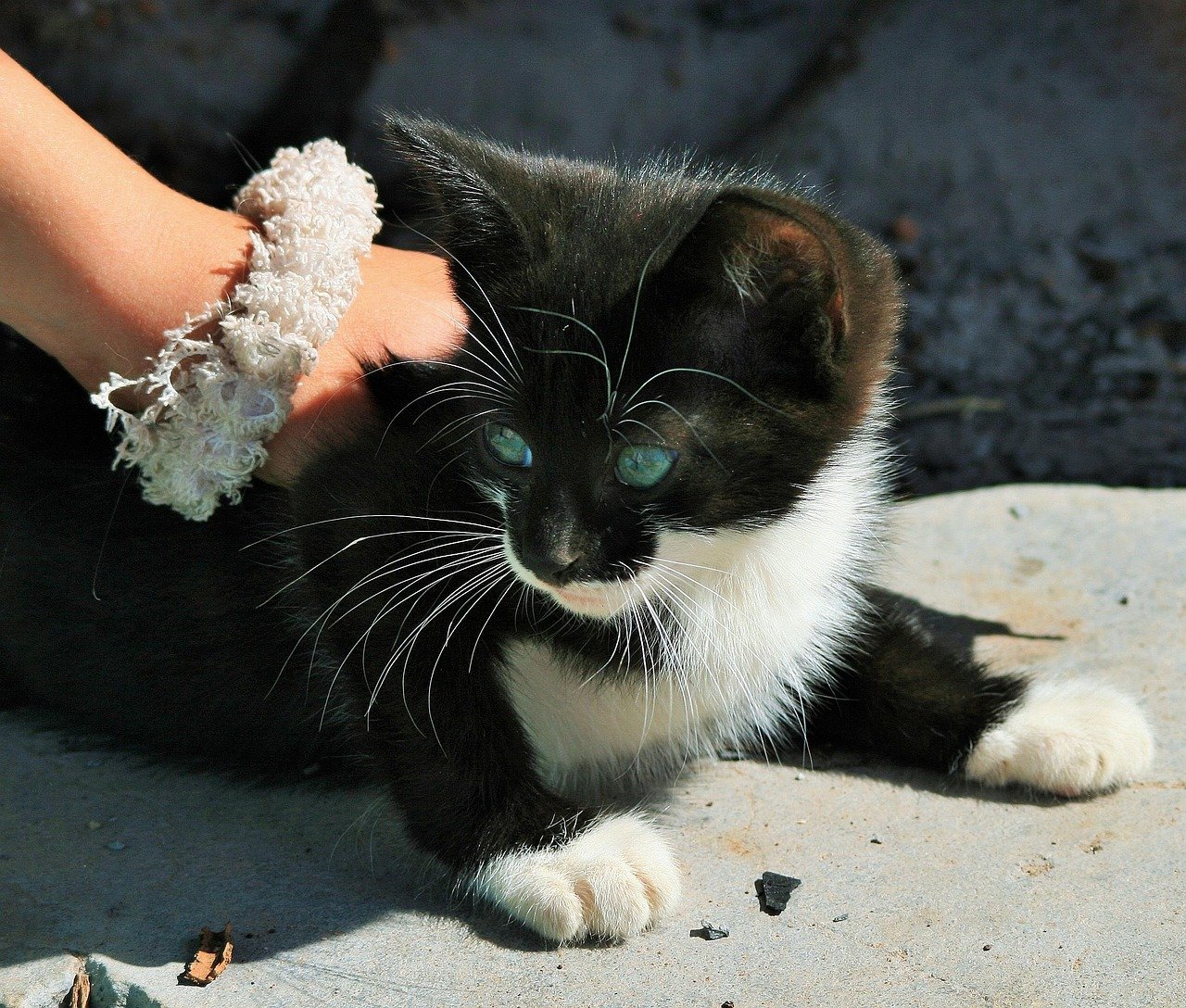
Some cats start off timid, but with time and patience, you might notice them becoming braver around you. If a previously shy cat begins to approach you, sniff your hand, or sit nearby, it’s a huge milestone. These small acts of bravery are signs your cat is overcoming their fears and beginning to trust. Celebrate each step, no matter how small. Every approach is a leap of faith from your cat, and a sign that trust is blossoming.
Allowing Eye Contact

Direct eye contact can be intimidating for cats, as it’s often a sign of aggression in the animal world. If your cat holds your gaze without fear, or even blinks slowly, it’s a sign of trust. This means they’re comfortable enough to let their guard down and connect with you. Try looking gently into your cat’s eyes and blinking slowly—it’s a way to communicate calmness and reassurance. Over time, you’ll find your cat seeking out your gaze as a sign of mutual trust.
Leaning or Pressing Against You
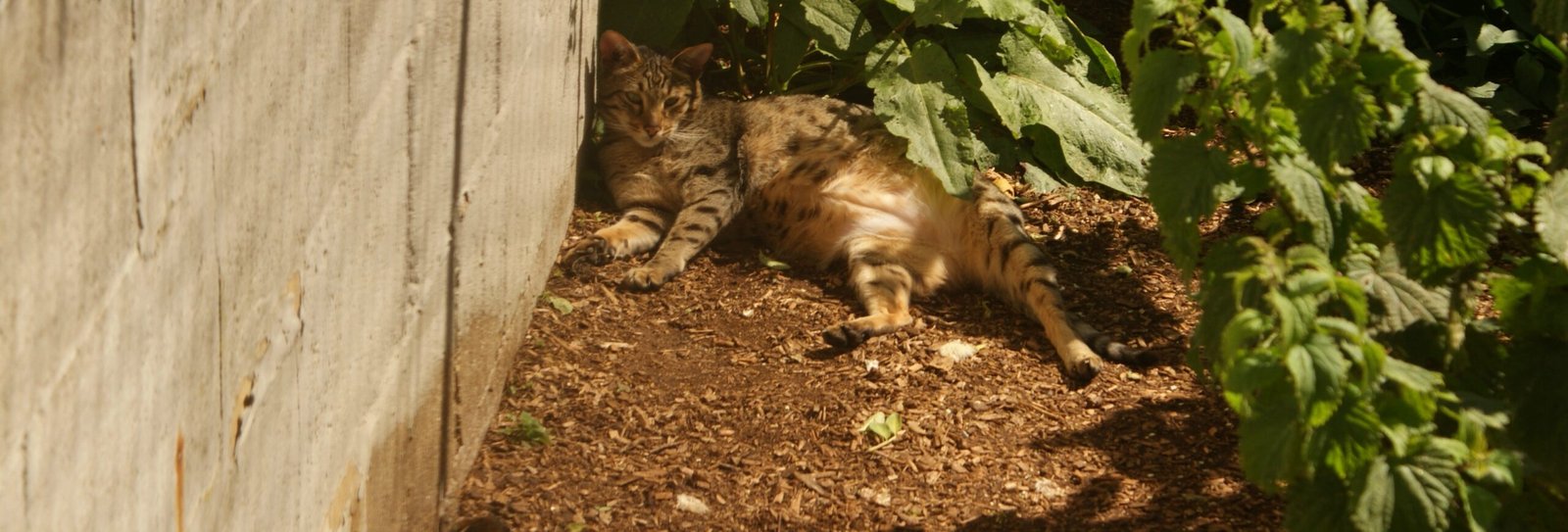
When a cat leans into your touch or presses their body against you, it’s a clear sign they feel secure. This physical closeness is a big step for many cats, especially those who are normally cautious. You might notice your cat resting their head on your hand, or gently pressing their side against your leg. These gestures mean your cat trusts you enough to seek your warmth and comfort. Enjoy these moments—they’re some of the sweetest signs of feline trust.
Relaxed, Loose Body Language

A cat’s body language reveals everything about how they’re feeling. When your cat lounges with a relaxed posture, stretches out, or flops down near you, it’s a sure sign of trust. Look for loose limbs, a soft tail, and half-closed eyes—these all show your cat is comfortable and at ease. Stiffness or tension usually means a cat is wary or anxious. Over time, you’ll notice your cat’s body becoming more relaxed in your presence, a beautiful sign that trust has truly taken root.
Hi, I’m Bola, a passionate writer and creative strategist with a knack for crafting compelling content that educates, inspires, and connects. Over the years, I’ve honed my skills across various writing fields, including content creation, copywriting, online course development, and video scriptwriting.
When I’m not at my desk, you’ll find me exploring new ideas, reading books, or brainstorming creative ways to solve challenges. I believe that words have the power to transform, and I’m here to help you leverage that power for success.
Thanks for stopping by, Keep coming to this website to checkout new articles form me. You’d always love it!






